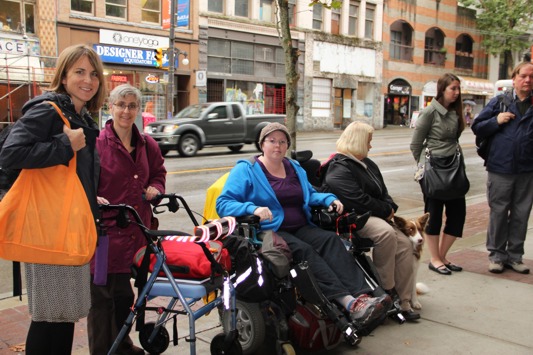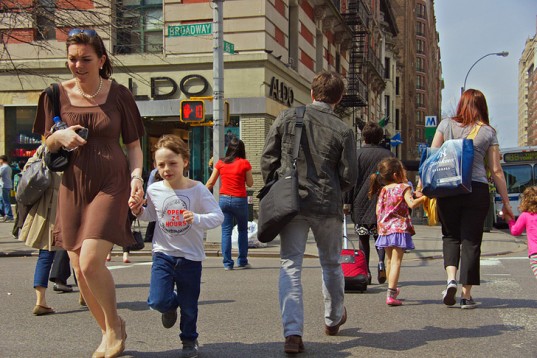
Bill Cunningham who wrote for the New York Times died at 87 in 2016. You may have seen his column-Bill went around New York City by bike and by foot and photographed fashion trends. But he was doing more than that-as The New York Times stated he “ turned fashion photography into his own branch of cultural anthropology on the streets of New York, chronicling an era’s ever-changing social scene for The New York Times by training his busily observant lens on what people wore — stylishly, flamboyantly or just plain sensibly”.

In 2009 he was designated by the New York City Conservancy a living landmark. There is also an excellent documentary on him called “Bill Cunningham New York.” He lived in a tiny apartment in the Carnegie Hall building. And if you saw him in his peasant jacket on a bicycle, you knew it was Bill.

I think Foncie Pulice who took photos of Vancouverites from the 1930’s to 1979 was also a bit like Bill Cunningham, someone who was at ease with talking to people on the street and leaving a cultural gift of all those photographic memories. And until 2006 there was David Cohen, a music lover that went to every symphony concert he could and would always talk to anyone on Granville Mall about music, bus routes, life and living in Vancouver. David always carried books with him and was passionate about music. Bramwell Tovey the conductor of the Vancouver Symphony Orchestra played the piano for David at his hospice when he was dying. David Cohen was for me the epitome of a Vancouverite, approachable, kind and just plain friendly.

Do we still have those characters in Vancouver that connect people through photography, music, or conversation on downtown city streets? If you know of one, please let us know in the comments below.



















